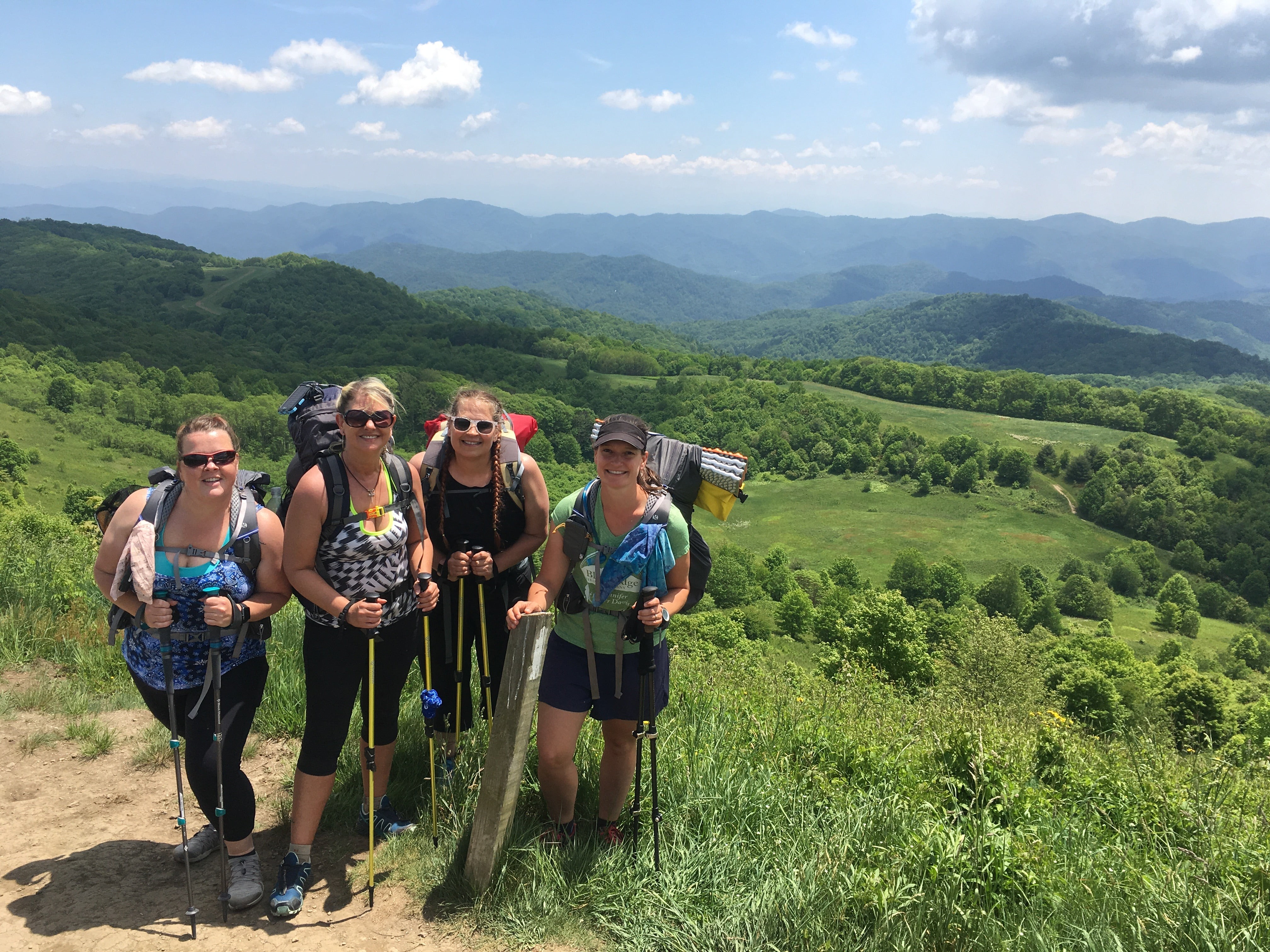Dreaming of a job where you can spend your days immersed in nature, sharing your passion for the outdoors with others? Becoming a hiking guide might be the perfect career path for you. It’s a rewarding experience, but it also demands specific skills, certifications, and a deep commitment to your clients’ well-being. This guide will walk you through the necessary steps on How To Become A Certified Hiking Guide, offering insights into the challenges and rewards of this unique profession.
The Allure and Reality of Being a Hiking Guide
The idea of getting paid to hike sounds idyllic, and in many ways, it is. Sharing the beauty of nature with beginners, witnessing their awe at a stunning waterfall or panoramic mountain view, and facilitating transformative experiences are all part of the job. However, it’s crucial to understand that guiding involves more than just hiking.
You’ll likely revisit the same trails frequently, becoming intimately familiar with the landscape. While some clients may be deeply moved by the experience, others, especially those accustomed to luxury travel, might be less impressed. Your focus will always be on your clients’ needs, comfort, and safety, often at the expense of your own.
Key Responsibilities and Considerations
As a hiking guide, you’re responsible for:
- Client Safety: Ensuring the well-being of everyone in your group, from preventing injuries to managing medical emergencies.
- Client Experience: Creating a memorable and enjoyable experience for each client, catering to their individual needs and expectations.
- Pace and Distance: Adjusting the pace and distance to accommodate the fitness levels of all participants. Expect to hike at a slower pace than you would on your own.
- Weather Conditions: Hiking in various weather conditions, sometimes unfavorable, and making informed decisions to ensure safety.
- First Aid and Emergency Response: Being prepared to administer first aid and handle emergency situations effectively.
Steps to Becoming a Certified Hiking Guide
- Gain Hiking Experience: Solid hiking experience is the foundation for a successful guiding career. Spend time exploring different trails, terrains, and weather conditions.
- Obtain Wilderness First Aid (WFA) or Wilderness First Responder (WFR) Certification: These certifications are essential for handling medical emergencies in remote locations. A WFR certification is often preferred by employers. Also, obtain CPR certification.
- Develop Flora and Fauna Knowledge: Familiarize yourself with the local plants and animals in the areas you plan to guide. This knowledge will enhance the client experience and demonstrate your expertise.
- Cultivate Customer Service Skills: Excellent communication, interpersonal, and problem-solving skills are crucial for providing exceptional customer service. Be prepared to handle diverse personalities and needs.
- Volunteer as a Guide: Volunteering is a great way to gain experience and assess your suitability for the profession. Look for opportunities with hiking clubs, non-profits, churches, or schools.
- Consider Additional Certifications: Certifications like Leave No Trace Trainer or Master Naturalist can further enhance your credentials.
- Research Guiding Companies: Identify guiding companies that align with your interests and values. Focus on companies that operate in areas where you have experience and knowledge.
The Financial Realities of Guiding
It’s important to be realistic about the financial aspects of being a hiking guide.
- Modest Income: Guiding is unlikely to make you rich. Pay can be low, especially when starting out.
- Contract Work: Many guiding positions are on a contract basis (1099), which means you’re responsible for your own taxes and benefits.
- Lack of Benefits: Health insurance, retirement plans, and other benefits are often not provided.
- Inconsistent Work: Work may not be guaranteed, requiring flexibility and availability.
Is Guiding Right for You?
Despite the challenges, being a hiking guide can be incredibly fulfilling. It’s an opportunity to:
- Spend time in nature: Escape the office and immerse yourself in the outdoors.
- Share your passion: Inspire others to appreciate and connect with nature.
- Make a difference: Help people achieve their hiking goals and create lasting memories.
Conclusion: Embracing the Hiking Guide Lifestyle
Becoming a certified hiking guide requires dedication, preparation, and a genuine love for the outdoors. While it may not be the most lucrative career path, it offers a unique opportunity to live a life connected to nature, share your passion with others, and make a positive impact on their lives. If you’re prepared to embrace the challenges and commit to the well-being of your clients, a career as a hiking guide can be an incredibly rewarding adventure. Consider guiding as a way of life, committing to continual learning and skill development, and you will experience growth, both personally and professionally.


